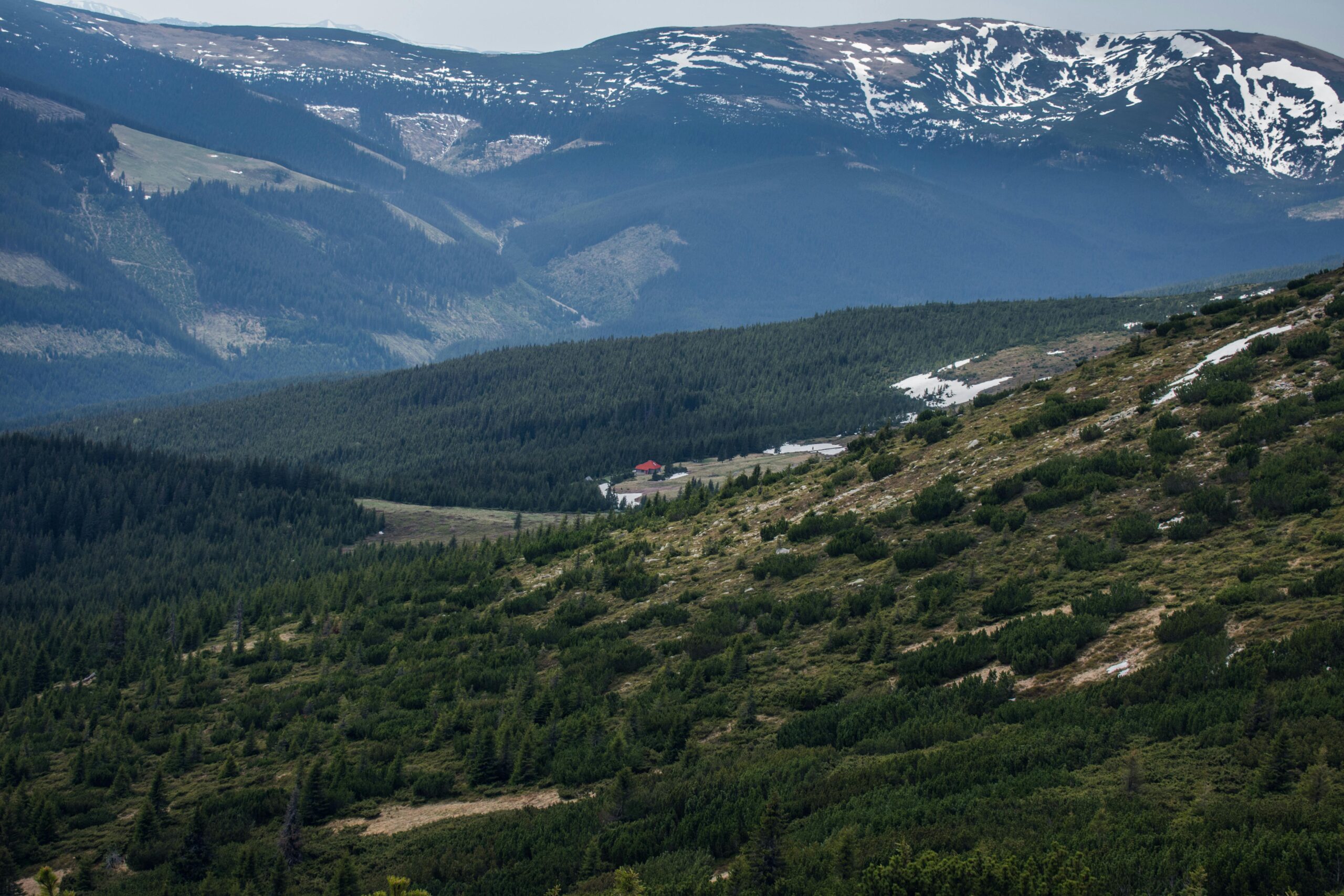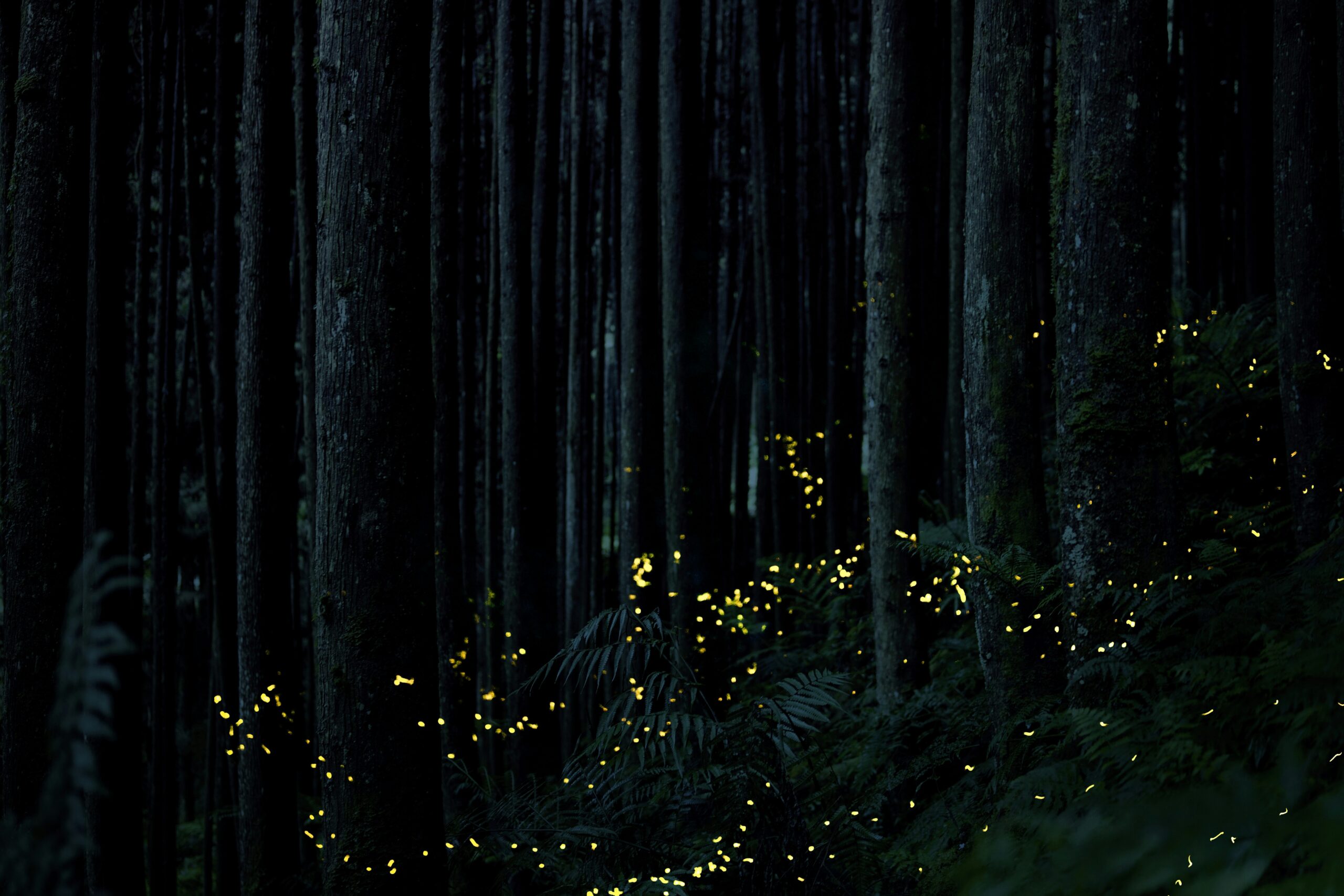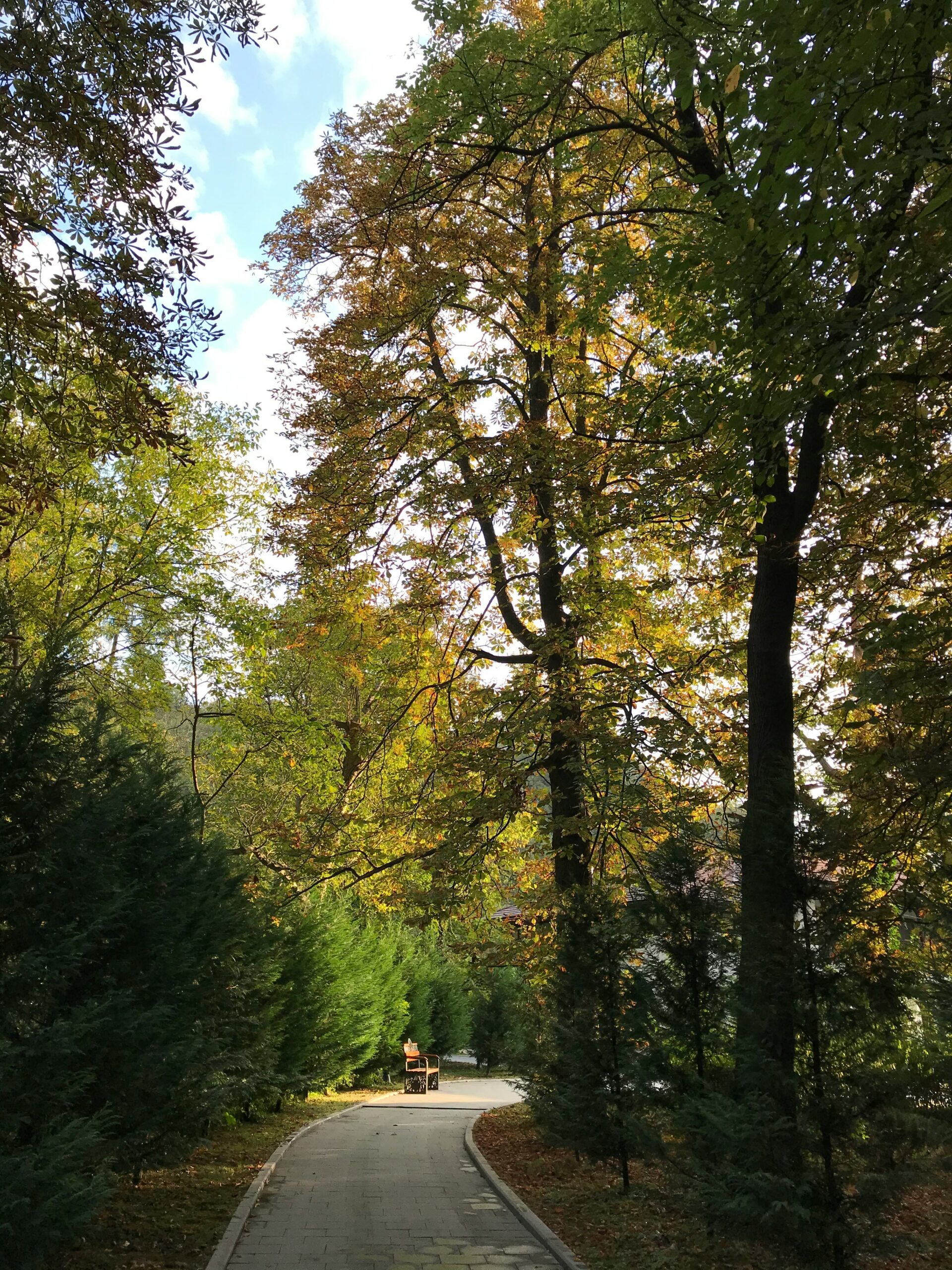Satellite Location Map of Râmnicu Vâlcea
Vâlcea County, located in the heart of Romania, offers a rich mix of history, culture and nature and that makes it one of the country’s best-kept secrets. Known for its beautiful landscapes, ancient traditions, and welcoming locals, Vâlcea County is a hidden gem waiting to be explored. Whether you are an outdoor adventurer, or someone simply looking for a relaxing getaway, this guide will show you why Vâlcea should be on your list of destinations.
In this guide, we’ll take you through the county’s fascinating history and culture, highlight the top tourist attractions, share the best local experiences and traditions, and give you practical tips on how to get around and explore this enchanting region.
Overview of Vâlcea County’s History and Culture
Vâlcea County boasts a rich history that stretches back centuries, making it one of Romania’s most culturally significant regions. The county is nestled in the southern part of Romania, bordered by the Carpathian Mountains to the north and the Olt River to the south. Its strategic location has played a major role in its development as a cultural and historical hub.
Historical Roots
Vâlcea’s history dates back to ancient times, with evidence of human settlements found from the Neolithic period. The county was part of Dacia, the ancient kingdom that later became the foundation for modern Romania. Over the centuries, it has seen Roman, Ottoman, and medieval influences that have shaped its culture and heritage.
The medieval period saw the rise of several important monasteries and fortresses in the region, many of which still stand today and contribute to the county’s cultural identity.
Cultural Richness
Today, Vâlcea is known for its vibrant culture, which blends traditions from different historical periods. The region’s folk art, music, and customs are well-preserved, with locals still practicing many of the same crafts and traditions passed down through generations. One of the most prominent cultural elements is the folk music, which often includes the use of traditional instruments such as the violin and the flute.
The cultural diversity of Vâlcea is also evident in its architecture, which combines elements within Eastern Orthodox traditions. The region’s churches and monasteries, with their stunning frescoes and intricate wood carvings, are a testament to Vâlcea’s cultural blend.
Top Tourist Attractions in Vâlcea
Vâlcea County is home to numerous tourist attractions that showcase the region’s natural beauty, historical significance, and cultural heritage. Whether you’re an adventurer, a history buff, or someone seeking tranquillity, Vâlcea has something for everyone.
1. Cozia Monastery
One of the most significant landmarks in Vâlcea is the Cozia Monastery, a medieval Orthodox monastery built in the 14th century by ‘Mircea cel Batran’ (Mircea the Elder), one of Romania’s most important rulers. Located on the banks of the Olt River, the monastery is renowned for its impressive architecture, beautiful frescoes, and historical significance. It is also an active religious site, attracting pilgrims and tourists alike.
2. Buila-Vânturarița National Park
For nature lovers, Buila-Vânturarița National Park is a must-visit destination. This protected area is home to a rich variety of flora and fauna, as well as spectacular mountain landscapes. Hiking enthusiasts will enjoy the park’s numerous trails, which offer breath-taking views of the surrounding mountains and valleys. The park also features several caves and monasteries that add to its mystique and allure.
3. Horezu Monastery

Another remarkable historical and cultural site in Vâlcea County is the Horezu Monastery, a UNESCO World Heritage site. Built in the 17th century by Constantin Brâncoveanu, this monastery is one of the finest examples of ‘Brâncovenesc’ architecture, a distinct style that blends Byzantine and Ottoman influences. The monastery complex includes a beautiful church, stunning frescoes, and tranquil courtyards, making it a perfect place to experience Vâlcea’s rich religious history. It is also an important pilgrimage site and a peaceful retreat for visitors. The monastery’s proximity to the famous Horezu pottery workshops makes it a fantastic cultural experience as well.
4. Ocnele Mari Salt Mine
The ‘Ocnele Mari’ Salt Mine, located near the town of Râmnicu Vâlcea, is one of the most famous salt mines in Romania. The mine is an impressive underground complex with a rich history dating back to Roman times. Visitors can explore the mine’s underground galleries, learn about salt extraction techniques, and even enjoy activities such as mini-golf and bowling within the mine.
5. Râmnicu Vâlcea
The county’s capital, Râmnicu Vâlcea, is a vibrant city that combines modern amenities with a rich cultural heritage. Key attractions in Râmnicu Vâlcea include ‘Sfântul Nicolae’ Church, the oldest church in the city, and the Vâlcea County Museum, which offers a deeper insight into the region’s history and culture. The city is also home to numerous parks, gardens, and walking paths, making it an ideal spot for a relaxing afternoon.
Best Local Experiences and Traditions
Vâlcea is not just about the sights; it’s also about the experiences and traditions that make the region unique. To truly understand the essence of Vâlcea, here are some of the best local experiences and traditions to enjoy during your visit.
1. Traditional Romanian Cuisine
A visit to Vâlcea wouldn’t be complete without sampling the region’s delicious traditional cuisine. Local dishes often include soups, stews, and meat-based dishes such as ‘mici’ (grilled sausages) and ‘sarmale’ (stuffed cabbage rolls). The region is also known for its exceptional homemade cheeses, such as ‘telemea’ and ‘brânză de burduf’, which can be enjoyed with fresh bread and local wine.
2. Folk Festivals and Events
Vâlcea is home to numerous festivals throughout the year that celebrate its rich cultural heritage. The most famous of these is the “Festival naţional al tinerilor interpreţi de muzică populară,” a folk music festival that attracts performers and visitors from all over the country. Other events include traditional craft fairs, where visitors can watch local artisans create everything from woven textiles to intricate pottery.
3. Handicrafts and Souvenirs
If you’re looking for a unique souvenir, Vâlcea offers plenty of options. The region is known for its traditional handicrafts, including wood carving, pottery, and embroidery. Local artisans often sell their work at markets and festivals, giving you the opportunity to take home a piece of Vâlcea’s heritage.
4. Visiting the Local Villages
For a truly authentic experience, consider visiting the small villages scattered throughout Vâlcea. Locals here still practice traditional farming methods and maintain old customs passed down through generations. Some villages also offer home-stay options, where visitors can experience rural life first-hand.
How to Get Around and Explore Vâlcea
Getting around Vâlcea County is relatively easy, though it is important to plan ahead, especially if you’re visiting remote areas. Whether you prefer to travel by car, public transportation, or on foot, there are several options available for tourists.
1. By Car
The best way to explore Vâlcea County is by car, especially if you want to visit the more remote areas. The region has a satisfactory road network, and many of the top attractions, such as the Cozia Monastery and Buila-Vânturarița National Park, are easily accessible by car. Renting a car in Râmnicu Vâlcea or Bucharest is a convenient option for visitors.
2. By Train
For those traveling from other parts of Romania, the train is a popular mode of transportation . Râmnicu Vâlcea is well-connected to major cities like Bucharest and Sibiu, making it a great starting point for your journey. Once in the county, however, public transportation is limited, so it’s advisable to rent a car for further exploration.
3. Walking and Hiking
For those interested in exploring the natural beauty of Vâlcea, walking and hiking are excellent ways to get around. Many of the region’s national parks have well-marked trails that allow you to explore the landscapes on foot. Whether you’re hiking in the Carpathian Mountains or strolling through a picturesque village, walking is an immersive way to experience Vâlcea’s beauty.
Conclusion
Vâlcea County is one of Romania’s most hidden gems, offering a perfect blend of history, culture, and natural beauty. Whether you’re exploring ancient monasteries, hiking through scenic mountains, or immersing yourself in local traditions, there’s something for everyone in this part of the country. So pack your bags and head to Vâlcea – you’ll love it!




